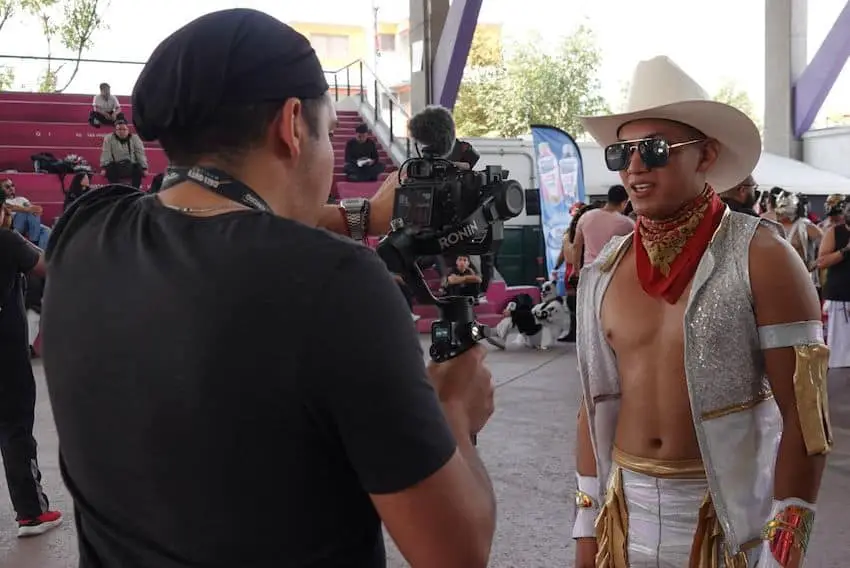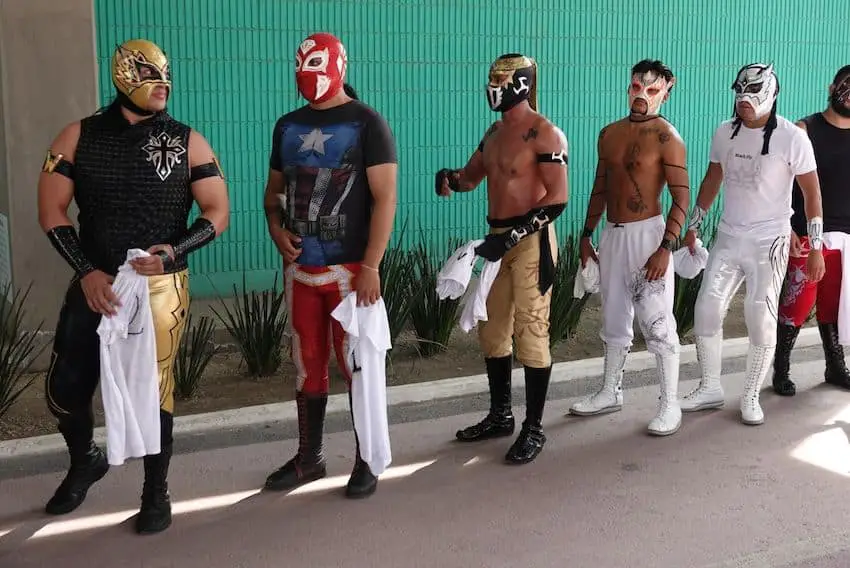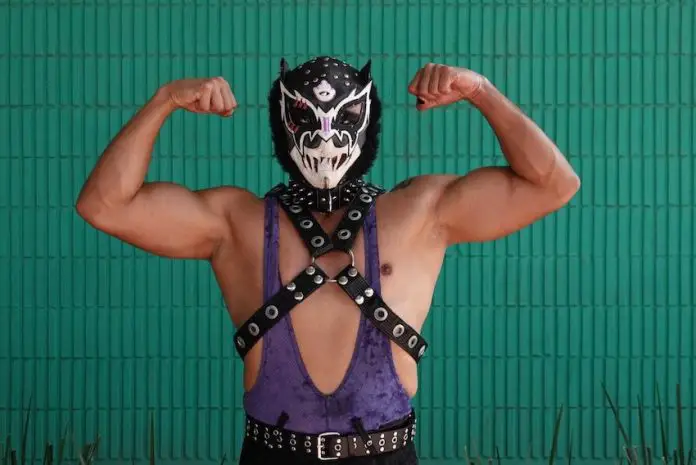The Youth Institute (INJUVE) of Mexico City, in collaboration with Brigada Dos de Tres Caídas and Lucha Libre AAA Worldwide, inaugurated the “Lucha por el Barrio 2024” tournament on Tuesday.
The initiative seeks to promote young wrestling talents and inspire newer generations to engage in the sport of Lucha Libre.

The first stage of the competition welcomed 160 luchadores aged 18 to 29, in the categories of Female Fighters, Male Fighters, Mini-Micro and Exotic.
The participants underwent physical tests evaluated by a panel of wrestling experts. Only 80 of them, however, made it to the second round, which is scheduled for Nov. 20 and 21.
At this stage, the luchadores will compete in the ring, where they must demonstrate strength, endurance, performance and charisma to the public. At the end, a group of judges will evaluate the participants and select the finalists.
An opportunity to create ‘future legends’
The final competition will be held on Dec. 7 at the Juan de la Barrera Olympic Gymnasium, in the heart of the borough of Benito Juárez. The top three contestants will receive a cash prize and an annual contract to join the Lucha Libre AAA Worldwide roster.
At the opening ceremony, the head of the INJUVE Guillermo Santiago Rodríguez said it is of great importance to create opportunities for youth in various disciplines, including iconic sports such as wrestling.

Luchadora Faby Apache, who has over two decades of wrestling experience, said this tournament is an invaluable opportunity to discover new talents and to preserve the sport.
“Mexican wrestling is a [point of] national pride, and these events are essential to keep the tradition alive and create future legends,” she said.
What is Lucha Libre?
Lucha Libre, or Mexican wrestling, is mainly recognized for the colorful masks wrestlers wear and the theatrical performances put on by the luchadores.
More than a sport, it has become a popular form of entertainment and a big tourist attraction, mainly in Mexico City. Due to its popularity and cultural value, in 2018 it was recognized as Intangible Cultural Heritage of Mexico City by the city’s Culture Ministry.
With reports from El Universal, Mexico Desconocido and Publimetro
